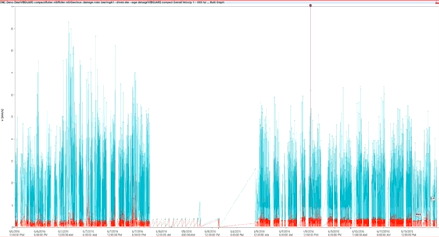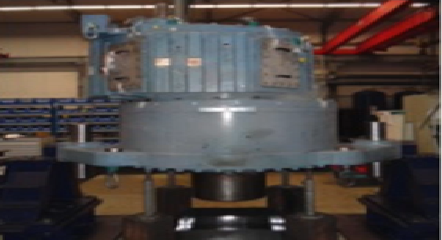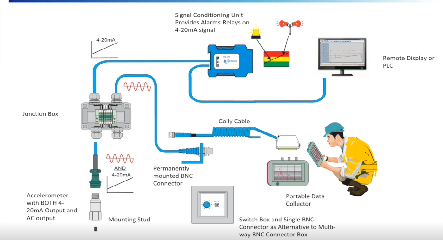Which Tool or Sensor Is Best for Monitoring Pumps?
One of the best ways to monitor assets with plenty of time to fix problems is via vibration monitoring devices. Whether using handheld tools or remote sensors, vibration monitoring can tell you a lot about a machine’s health and, ultimately, help you prevent downtime of critical assets.
Handheld Tools: Primarily used to spot-check or diagnose as part of a preventive maintenance (PM) program
Remote Sensors: Monitor assets 24/7 and provide alerts when asset condition changes
Different vibration devices are designed to fulfill different purposes. When used properly, both types of devices will benefit maintenance programs. Ultimately, implementing IIoT-enabled monitoring devices will lead teams down the path to predictive maintenance.
“Reliability engineers, maintenance managers and maintenance technicians can now use vibration sensors to preserve asset health,” said John Bernet, product application specialist at Fluke. “Installing a vibration sensor on an asset allows you to spend less time taking manual measurements and more time addressing problems that could lead to downtime or equipment failure.”
When looking at what kind of device you need, start by looking at the kind of data you would like to collect. Determining the duration of monitoring can help teams decide on the right device.
Organizations looking to collect around-the-clock data from assets will want to check out remote vibration sensors. These wireless, IIoT-enhanced devices automatically upload data to the Cloud, where teams can monitor equipment for changes in condition. When assets deviate from preset thresholds, software can send alarms to technicians’ smart devices.
Spot checks are best performed with a vibration meter. These handheld devices are quick and easy to use and allow maintenance teams to trend asset vibration and temperature. These quick, snapshot tests allow teams to discern when their equipment is good or bad. However, they are not 24/7.
When you need help diagnosing the problem, you’ll want to use a vibration tester, also known as a vibration analyzer or diagnostics tool. These robust devices offer problem-solving reports on equipment faults, fault severity, and recommended repair actions.
All three of these vibration devices help maintenance teams at different locations along the potential-failure (P-F) curve. Sensors can help teams stay on top of problems, meters help test a little deeper but aren’t always on, and testers help detect the precise problem and provide suggested remedies.
These tools can help teams predict and schedule repairs in advance of a problem, thereby increasing safety, decreasing downtime, and providing higher asset availability. When you truly utilize the potential within vibration monitoring practices, you’ll be able to identify root cause quicker, rather than chasing equipment symptoms.
To learn more about vibration monitoring, please visit: https://www.fluke.com/en-us/products/condition-monitoring/vibration.







Dear Mr. John,
Thank you for sharing this valuable information.
Because of various reasons, there is a possibility to rise the tightness of the shaft (reducing free hand rotation) specially in vertical pumps. Are there any preferred parameters to be checked? Sometimes it is possible to get an idea by using motor & stability of phase angles.